 From elite soccer and football fields to youth athletes in public school gyms, wearable technology has come to sports bringing two big benefits of gathering data at the point of exercise: to gauge performance and coach back to the athlete in real time, and to prevent injury.
From elite soccer and football fields to youth athletes in public school gyms, wearable technology has come to sports bringing two big benefits of gathering data at the point of exercise: to gauge performance and coach back to the athlete in real time, and to prevent injury.
I discussed the advent of the Internet of Things in sports on the Scoop and Score podcast with Andrew Kahn, sports journalist and writer, and Stephen Kahn, sports enthusiast and business analyst. [In full disclosure these two Kahn’s are also my brilliant nephews.]
We recorded the podcast on July 14, 2015, the day that Under Armour launched the new Armour Bra line, featuring the company’s Women of Will Lindsey Vonn, Gisele Bundchen, Misty Copeland, Kelley O’Hara, and Brianna Cope. Under Armour is morphing from manufacturing sports gear and apparel into a smart clothing and technology company. Through the acquisitions of Endomondo, Map My Run, and My Fitness Pal, UA serves at least 130 million consumers sharing data through those apps platforms. That’s a lot of knowledge to aggregate and mine for understanding, say, the relationship between a demographic and its collective daily calories and weight loss/gain experience over time. When I interviewed Mike and Al Lee, the founders of MFP at Health 2.0, they told me that they believed MFP had the largest longitudinal health database in the world based on the millions of users sharing information on weight, food, and other observations of daily living.
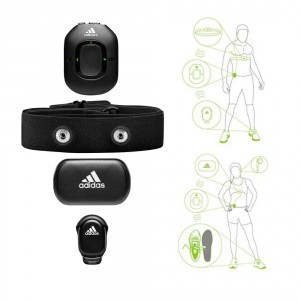 Adidas is another company changing up its game from the first athletic shoe company I knew as a young girl running track in high school to a smart gear and wearables company. Adidas has supplied every game ball used in the World Cup since 1970, and has innovated the miCoach Smart Ball whose sensors gauge kicks and, through a Bluetooth connection, communicate back to a user (say, a coach) the data on the kick. Real-time coaching advice is given through the app. miCoach is also the brand of adidas’s wearables, shown in the second illustration, focusing on heart function and providing coaching back to the user. Adidas is also working through Interactive Health Technologies to get heart wearable tech into the hands of school students to promote physical activity in young people.
Adidas is another company changing up its game from the first athletic shoe company I knew as a young girl running track in high school to a smart gear and wearables company. Adidas has supplied every game ball used in the World Cup since 1970, and has innovated the miCoach Smart Ball whose sensors gauge kicks and, through a Bluetooth connection, communicate back to a user (say, a coach) the data on the kick. Real-time coaching advice is given through the app. miCoach is also the brand of adidas’s wearables, shown in the second illustration, focusing on heart function and providing coaching back to the user. Adidas is also working through Interactive Health Technologies to get heart wearable tech into the hands of school students to promote physical activity in young people.
On the smart ball front, basketball is the focus on some startups embedding balls with sensors and accompanied by apps to help people with their jump or three-point shot. Network World reported on July 8, 2015, some companies focused on b’ball and IoT, including the 94Fifty Smart Sensor Basketball from InfoMotion Sports Technologies (which also offers a smart net) and the ShotTracker wearable wristband with a sensor that clips onto a net. Both devices link to smartphone apps via Bluetooth. The video explains more about the 94Fifty ball.
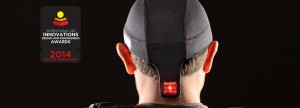 We finished up our wide-ranging conversation on the challenge of concussions in sports. I called out the statistic that over 3 million young people in sports are diagnosed with a concussion every year in the U.S. But the prevalence is undoubtedly much greater, since as many as 80% of concussions go undiagnosed. A Boston University study published in Neurology (aptly titled “Football: Child’s Play, Adult Peril?”) found that players who started football before 12 years of age had greater cognitive loss as they aged than athletes who started playing football over 12 years of age. Thus, starting concussion prevention and diagnosis in youth sports makes sense. For prevention and detection, Reebok worked with MC10 to develop the Checklight skullcap, to be worn under a helmet. This wearable won an innovation award from the 2014 Consumer Electronics Show.
We finished up our wide-ranging conversation on the challenge of concussions in sports. I called out the statistic that over 3 million young people in sports are diagnosed with a concussion every year in the U.S. But the prevalence is undoubtedly much greater, since as many as 80% of concussions go undiagnosed. A Boston University study published in Neurology (aptly titled “Football: Child’s Play, Adult Peril?”) found that players who started football before 12 years of age had greater cognitive loss as they aged than athletes who started playing football over 12 years of age. Thus, starting concussion prevention and diagnosis in youth sports makes sense. For prevention and detection, Reebok worked with MC10 to develop the Checklight skullcap, to be worn under a helmet. This wearable won an innovation award from the 2014 Consumer Electronics Show.
But as we discussed on the podcast, we can’t live in a Field of Dreams world for wearable tech in health and fitness — and particularly for concussion prevention. Devices to prevent and detect concussions on the field, court and track have been around for a few years, with lagging sales. As Mike Troiano, with data management company Actifio, told the Boston Globe, “You can imagine one kid on a team showing up with this technology, and being seen as a momma’s boy.”
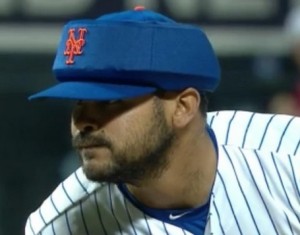 Andrew pointed out a positive development on the podcast, saying that more fans are endorsing pulling injured players from the field earlier to ensure they are well. And a handful of athletes are getting out in front of this, like Alex Torres who wears an oversized cap for protection.
Andrew pointed out a positive development on the podcast, saying that more fans are endorsing pulling injured players from the field earlier to ensure they are well. And a handful of athletes are getting out in front of this, like Alex Torres who wears an oversized cap for protection.
Ben Harvatine was once an MIT wrestler who took many hits, and subsequently started up the Jolt sensor for concussion injury prevention. He predicted in the Globe story that one day it will be “a natural thing to say, ‘Don’t forget your shin guards, your mouth guards, and your Jolt sensor.'”
Health Populi’s Hot Points: Listen to the entire podcast at Scoop and Score here. And look back at the podcast’s archives to hear engaging coverage on all matters of sports, personalities, and the stories behind the games and the players.
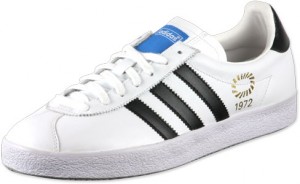 PS — Here’s a pic of what my original Adidas from 1972 that Dad brought home for me looked like.
PS — Here’s a pic of what my original Adidas from 1972 that Dad brought home for me looked like.


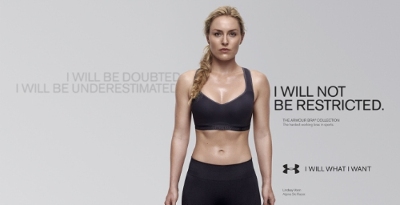


 Jane was named as a member of
Jane was named as a member of  I'm gobsmackingly happy to see my research cited in a new, landmark book from the National Academy of Medicine on
I'm gobsmackingly happy to see my research cited in a new, landmark book from the National Academy of Medicine on 